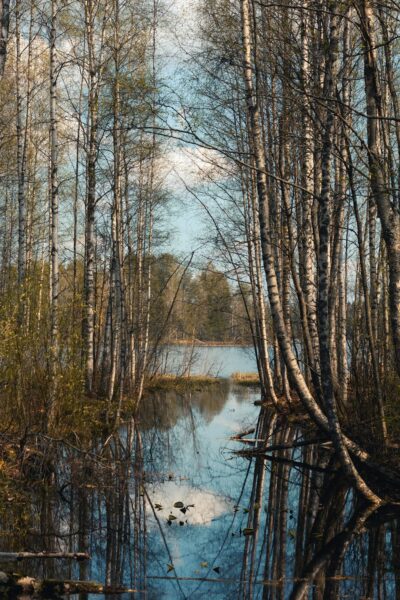
Looking to add a touch of elegance and charm to your landscape? River birch trees are a popular choice among homeowners and landscape designers for their eye-catching bark, fast growth, and ability to thrive in wet environments. But before you pick up a shovel, it's important to weigh their unique benefits and challenges. These versatile trees may not be the perfect fit for everyone, especially if you're in a dry climate or short on time for maintenance.
River birches (Betula nigra) are well-loved for their peeling, cinnamon-hued bark, which adds year-round visual interest to any yard. In the fall, their vibrant, golden foliage creates a stunning seasonal display. Whether as a single-stem feature tree or a multi-stem focal point, they bring character to both traditional and modern landscapes.
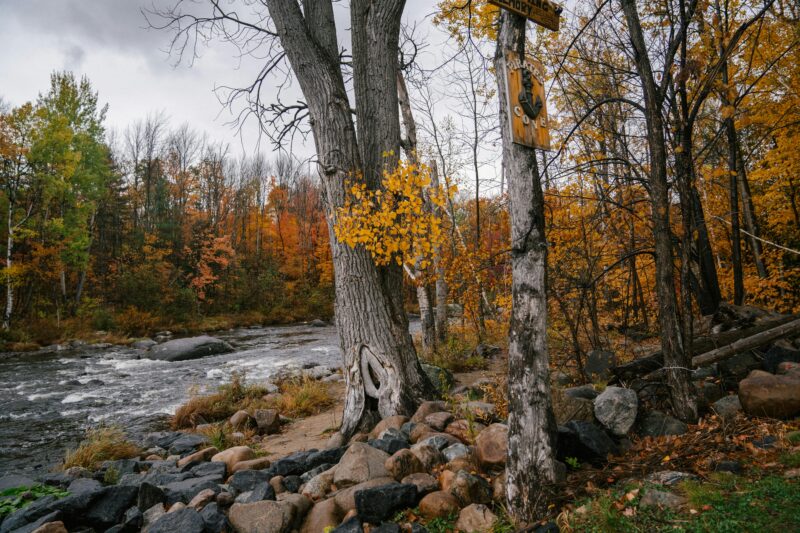
Need shade in a hurry? River birches grow an impressive 1 to 2 feet per year, potentially reaching heights of 40 to 70 feet with a spread of 40 to 60 feet. Their dense canopy provides dappled shade, keeping outdoor spaces and patios cooler during scorching summer months.
From flood-prone areas to clay-heavy soils, river birches are incredibly versatile. Not only do they tolerate wet conditions, but their root systems also help stabilize soil and prevent erosion. They thrive in USDA Hardiness Zones 4–9, making them a great choice for regions with cooler climates.
If you're a nature lover, this tree might just seal the deal. The seeds, leaves, and twigs of river birches are a food source for birds, squirrels, and deer, while butterflies and other pollinators are drawn to their flowers.
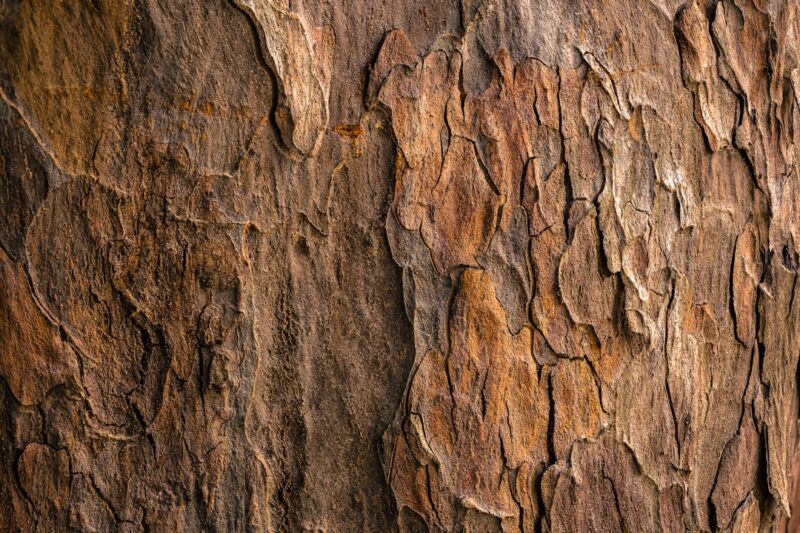
While they can handle wet conditions, river birches can guzzle up to 100 gallons of water per day. During dry spells or in urban settings with limited water access, this can leave the tree stressed, often resulting in yellowing leaves or premature leaf drop.
Pro Tip: Weekly deep watering can help alleviate stress, particularly during hot summers or droughts.
Planting a river birch in the middle of a flower bed? Think twice. These trees have shallow, wide-spreading roots that aggressively compete for moisture and nutrients, making it difficult for undergrowth or companion plants to thrive.
River birches prefer slightly acidic soil with a pH between 5.0 and 6.5. In alkaline or nutrient-deficient soils, they’re susceptible to chlorosis, a condition that makes leaves turn yellow. Amending soil or applying specialized fertilizers may be necessary to keep your tree healthy. For accurate soil testing, consider using a Soil pH Test Kit.
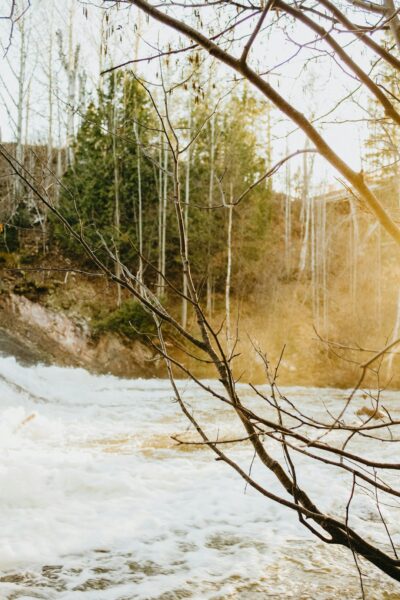
At maturity, river birch trees can grow over 70 feet tall. If planted too close to homes, utility lines, or sidewalks, their size may become a liability rather than an asset, potentially requiring costly removal or pruning.
Tip for Success: Always account for their mature size when planting—at least 20–30 feet away from structures is ideal.
While self-pruning (shedding unhealthy branches) might sound like a labor-saving feature, the reality is quite the opposite. Expect frequent yard cleanup with twigs, leaves, and even catkins littering the ground. Homeowners who value a tidy landscape might find this an ongoing nuisance.
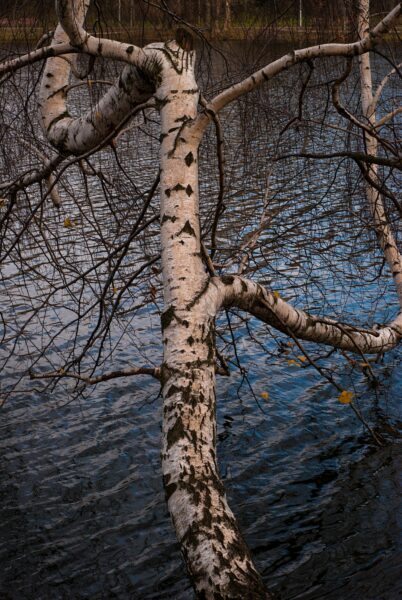
| Pros | Cons |
|---|---|
| Stunning bark and fall color | High water requirements |
| Fast growth for quick shade | Messy litter of twigs and leaves |
| Adapts to wet soils | Challenges in alkaline soils (chlorosis) |
| Supports local wildlife | Shallow roots can disrupt nearby planting |
| Minimal pest issues compared to other birches | Requires space due to its eventual size |
If you have the space, access to consistent water, and a love for bold landscaping statements, the river birch might just be the perfect addition to your yard. However, if you're dealing with dry conditions, alkaline soil, or a small lot, its demanding nature may outweigh its benefits.
For a comprehensive guide on river birches, you can visit the Missouri Department of Conservation website.
Have you ever planted or cared for a river birch? Share your experiences in the comments! What challenges did you face, and would you recommend this tree for others? Let’s chat!
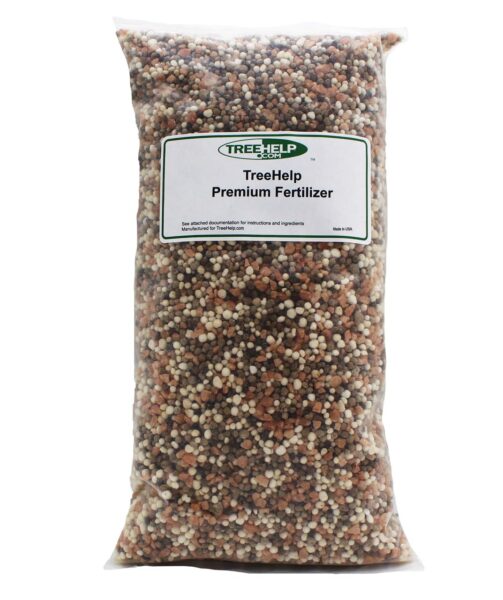
TreeHelp-Premium-Fertilizer-for-Birch/dp/B0009WY5UU
As you mull over whether a river birch tree is the right choice for your garden oasis, remember that landscaping is a delightful journey of personal style and creativity. We're thrilled to be part of your planning process and would love to continue sharing insights and ideas with you. If you're passionate about green spaces and home aesthetics, why not dive into our curated boards on Pinterest? There’s more inspiration waiting for you! For daily bursts of beauty and a peek into our latest projects, follow us on Instagram. Have thoughts or questions? We'd love to hear from you on X or Facebook. Let's grow a community where nature and design come together beautifully!
River birch trees, naturally found along riverbanks, thrive in moist environments and can struggle when water is scarce. They may experience stress from drought, insect infestations, diseases, or damage to their roots or trunk, all of which can lead to premature leaf loss.
River birch trees may struggle in alkaline soil conditions, often developing iron chlorosis, which results in yellowing leaves. It is generally recommended to avoid planting them in areas where the soil pH exceeds 6.5.
One of the primary challenges with birch trees is their shallow root system. Since they originate from regions near rivers and streams, these trees do not establish deep roots, making them susceptible to drought conditions. In extreme drought, their inability to reach deeper water sources can lead to their decline.
River birch trees are known for being quite messy. They continuously shed twigs throughout the year, and during spring, their pollen can become a noticeable issue, similar to other wind-pollinating trees. Additionally, their shallow roots make it challenging to cultivate other plants beneath them once they are fully established.

Immerse yourself in architecture’s most boundary-pushing ideas—where innovative home improvements meet visionary urban developments. Discover new building techniques, materials, and creative concepts that are redefining how we shape our spaces on a global scale.